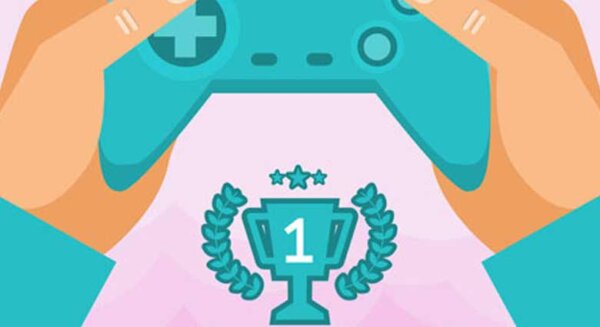
4 Barriers to a Successful Gamification Program in Your Contact Center
The world is changing and contact centers have to keep up.
Generation Y – the “Millennial” generation – has a different outlook on life than generations before it that extends to everything from the way they communicate to the way they work. And the truth is, not only does this group make up a large part of your newest crop of contact center agents, but they also represent a huge percentage of your customer base.
One of the latest trends to engage this generation of contact center agents is “gamification.” Through the use of games, recognition and rewards, the monotony of the day is broken up so that agents are ultimately more involved and productive. The use of gamification makes the agent’s day more fun, which ultimately reduces attrition and has a powerful impact on the customer experience.
Gamification can be a powerful tool to recognize and reward agents for outstanding performance and it is gaining in popularity. In a recent survey of contact center executives, almost half said they plan to do something with gamification in 2015.
The top reason cited for why gamification is important was “agent engagement.” The idea being that the more engaged your agents are, the better they will perform.
Gamification can be applied to behaviors that promote productivity and elevate the customer experience, but the challenge remains: How can gaming be incorporated into the workflow of the tightly scheduled contact center environment?
Though many contact centers intend to implement gamification programs in the future, only 9% report already having these recognition and reward systems in place. Why? Primarily, it’s a lack of time.
Contact centers executives say they have concerns about supervisors and agents not having time to learn new concepts and applications (67%) or time to keep up with the program and rewards for agents as they complete tasks and activities (51%).
Learning what gamification is and how to build a successful gamification program, adopting new technologies, and updating the program as agents complete training and coaching and improve their performance – and then tracking their performance improvements – all requires an investment of time.
And speaking of time – what about your agents? If incenting and rewarding performance within gamification, how will you find time to help agents improve in these areas?
Here are some common operational barriers to implementing a gamification program in your contact center:
- Employees need more training and coaching
In most centers today, there is a constant churn of scheduling training, cancelling that training, and then rescheduling. Agents don’t get the training they need. They don’t feel supported and can’t do the things you are rewarding in your gamification program. The customer experience and your company performance suffer as a result. - One development plan does not fit all
It is incredibly impactful to reward agents for high performance and the completion of development tasks. Imagine how much more impactful it would be if these development plans were custom-tailored to each agent and specifically targeted the performance metrics you want to reward. In most centers today, it is very difficult to find the time for coaches to analyze agent performance and assign targeted training that will improve that performance – and it’s even harder for agents to find the time to get it done. - Lag in updating performance related activities
Many contact center executives are concerned with the administrative effort required to update gamification systems. These programs are seen as just another task for coaches and supervisors, when what they really need to be doing is spending face time with their agents, building personal relationships and improving agents’ ability to satisfy customers. - As agents improve performance, they need new challenges
As agents complete training and coaching activities and acquire new skills, they are able to improve their performance and handle more types of customer calls. But in many of today’s centers, it can take weeks or even months before skills are updated. As a result, supervisors are not notified of achievement, agents are not recognized and rewarded for their accomplishments, and customers are not always interacting with agents who are most capable of handling their inquiry.
A call center’s number one priority is providing an outstanding customer experience. Gamification, when leveraged effectively, can be an innovative and powerful tool to engage and motivate agents and continually challenge top performers.
And when your agents are satisfied and happy, so are your customers.
Back to Blog
